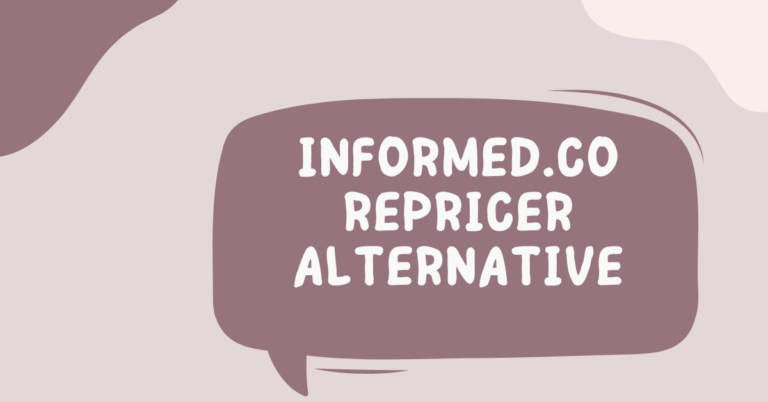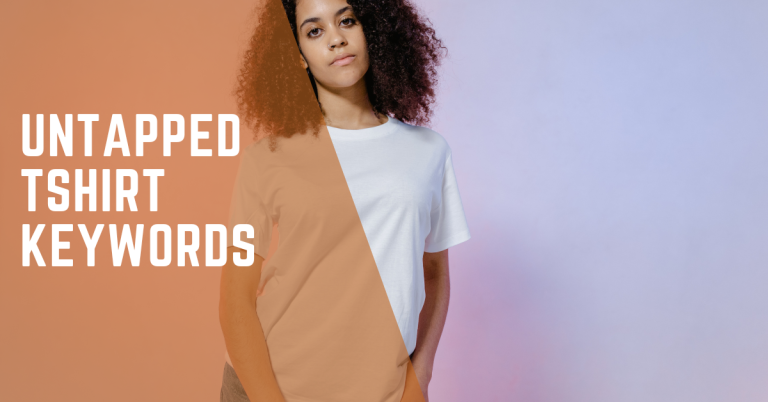Poshmark vs Depop: Choosing the Best Platform for Your Fashion Needs
Poshmark and Depop are leading online resale platforms catering to different audiences.
Poshmark is the more established option, focused on trust and authenticity through strict seller requirements. Its fee structure benefits lower-priced items.
Depop cultivates a youthful, social atmosphere perfect for trend-seekers and vintage lovers. A flat 10% fee appeals to sellers of higher-priced goods.
As resale booms, choosing between Poshmark’s professionalism and Depop’s community-driven vibe is key for buyers and sellers alike.
Poshmark
Poshmark was founded in 2011, by Manish Chandra who is also the CEO and is a part of the company’s board of directors. It is headquartered in Redwood City, California. Since January 2023, the company has functioned as a separate subsidiary under Naver Corporation. Poshmark stands as a top-tier social marketplace offering a wide array of new and pre-owned styles for women, men, kids, homes, and beyond.
DEPOP
Depop was founded in 2011, by entrepreneur Simon Beckerman, in Roncade, Italy, and then headquartered in London, United Kingdom in 2012. This subsidiary business is located in London, Manchester, Milan, Los Angeles, and New York City.
Depop is a social e-commerce platform that is widely used by sellers and buyers to sell their new and used items and to buy lakhs of products. Most notably, celebrities utilized Depop to resell their used items and provided that money to charitable trusts and funds. After using Depop, many sellers become so familiar as social media influencers.
Fees
Poshmark:
- Flat fee of $2.95 for sales under $15
- 20% fee for sales over $15
Depop:
- 10% fee on all sales
Generally, Depop’s 10% fee is more favorable for lower-priced items, while Poshmark’s flat $2.95 fee is better for inexpensive items under $15. For higher-priced items over $15, Poshmark’s 20% fee is higher than Depop’s 10%.
Seller Requirements
Poshmark:
- Sellers must be 18 years or older
- Real names must be used (no usernames)
- Verification process includes uploading photo ID
Depop:
- Allows younger sellers aged 13 and up
- Usernames can be used instead of real names
- Less stringent verification process
Poshmark has stricter age and identification requirements to increase trust and accountability on the platform. Depop caters to a younger demographic and allows more anonymity with usernames.
Both platforms require sellers to agree to their terms of service and policies around prohibited items, proper descriptions, shipping timeframes, etc. However, Depop gives more flexibility in terms of age and anonymity for those willing to trade some privacy for the ability to sell at a younger age.
Selling and buying
Poshmark
Poshmark’s main selling point is that it provides a platform where customers can easily exchange clothing straight out of their wardrobes. The business guarantees a smooth and engaging shopping experience, allowing customers to peruse unique fashion items in a variety of price ranges, whether they are brand-new or gently worn.
Leveraging offers, 67% of Poshmark’s total sales occur, sending an offer to Likers to tempt customers with an unbeatable offer. Every single day, half of all Poshmark purchases stem from listings viewed by a customer for the first time. Act swiftly and send offers when customers are most receptive.
Depop
In Depop, the unique selling proposition (USP) is the defining feature that distinguishes your product or service from competitors. It’s online marketing, efficiently and promptly conveying the USP to potential clients is the most important thing that has been followed properly.
You can begin uploading products to your shop as soon as you register to use the site. Customers can explore the app, look for particular products, and locate your store. All transactions take place through the app; although it’s not required, buyers can communicate with sellers before purchasing to close a deal. 10% is a commission fee for entire transaction that includes shipping.
Logistics Fulfilment:
Poshmark
Poshmark concentrates on delivering a seamless user experience, entrusting the logistical and fulfillment responsibilities to capable hands.
The vendor guarantees that the item will be dispatched in the best possible way. When it gets to the warehouse, it goes through quality control procedures. The item is then processed and stored with care to get it ready for shipping. The merchandise is quickly picked up by the staff and prepared for shipping after an order is placed. The item is monitored from the time of shipment until it is delivered to the buyer’s address.
Depop
Depop’s logistics and fulfillment operations are crafted to guarantee efficiency and reliability, ensuring the timely delivery of purchases to buyers.
Depop aims in fulfillment logistics with its supply chain management that have plenty of options to suit all kinds of shipping categories. The process involves the seller shipping the item, followed by its arrival at the warehouse for storage and processing. Once an order is placed, the item is promptly shipped to the buyer.
Refund & Return
Poshmark
Poshmark is a well-known online marketplace where people can buy and sell new or gently used clothes, accessories, and home items. It has a clear process for returns and refunds. Buyers can start a return within three days of receiving an item if it doesn’t match the description.
Poshmark takes care of the return shipping costs. After the returned item is checked, the buyer gets a full refund, which includes the cost they paid for shipping originally. Sellers need to handle returns and give refunds if the items are not as described or come damaged.
Depop
Depop is a social shopping app popular among younger people who are into vintage, streetwear, and unique fashion pieces. Depop’s policy on returns and refunds is a bit different from Poshmark’s. Buyers have seven days to ask for a return or refund after they get their order if the item is not as described or it arrives damaged.
In this case, buyers need to pay for the shipping costs of returning the item unless the seller agrees to cover these costs. When the seller gets the returned item back and checks it, they start the refund process, which covers the cost of the item and the shipping fees that the buyer originally paid.
Final Verdict
Here’s a final verdict comparing the two platforms:
For Sellers:
- Poshmark may be better suited for sellers looking to establish a more professional and trusted presence, with its stricter age and identification requirements. However, this comes with higher fees for sales over $15.
- Depop caters better to younger sellers and those who value more anonymity, with its 10% flat fee structure being more favorable for higher-priced items.
For Buyers:
- Poshmark offers a more streamlined and transactional buying experience, with stronger protections like covering return shipping costs for inaccurate item descriptions.
- Depop’s social features and younger user base may appeal to buyers seeking a trendier, community-driven experience with a wider range of unique and vintage items.


![Best 10 Items for Retail Arbitrage [Tested By Experts]](https://simpleshophacks.com/wp-content/uploads/2024/04/Best-10-Items-for-Retail-Arbitrage-768x402.png)



